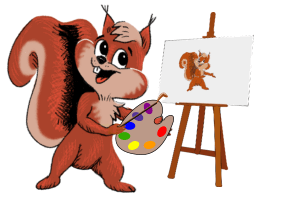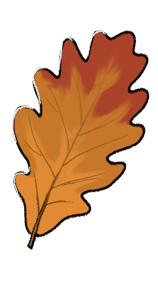The roots of flamenco come from many sources: Morocco, Egypt, India, Pakistan, Greece, and other parts of the Near and Far East. The gypsies from the south of Spain created this music day by day since their arrival to Spain in the 15th century. It is believed that the word "flamenco" is a mis-pronunciation of the Arabic words "felag" (peasant) and "mengu" (fugitive). It is known that flamenco began to be used as a synonymous for "Andalucian gypsy" in the 18th century. Originally associated with music of Southern Spain, it is now popular throughout Spain, and artists can be found everywhere in the world.
The basic flamenco ensemble consists of guitar, singer, and dancer. Additionally, singers will perform "palmas," a kind of precise rhythmic hand-clapping. Other instruments have been introduced into flamenco, including the cajón, flute, violin, bass, oud, and cello.
More information
More information
Subcategories 3
Related categories 3
Sites 3
School of Flamenco in Seville, Andalucia, Spain. Dance, guitar and cante in a year round program.
A resource collecting writings on the history and current world of flamenco music, plus articles from the Dutch flamenco magazine, "Aficionao."
Information for the Washington DC area, including performances, classes and places to buy clothing, instruments, and music. Updated frequently by guitarist Michael Perez.
A resource collecting writings on the history and current world of flamenco music, plus articles from the Dutch flamenco magazine, "Aficionao."
School of Flamenco in Seville, Andalucia, Spain. Dance, guitar and cante in a year round program.
Information for the Washington DC area, including performances, classes and places to buy clothing, instruments, and music. Updated frequently by guitarist Michael Perez.
Other languages 3

Last update:
October 30, 2019 at 7:15:02 UTC

Check out
Regional: Europe: United Kingdom: Business and Economy: Computers and Internet: Internet: Web Design and Development: Designers: N
- Recently edited by merlin1
- Recently edited by merlin1